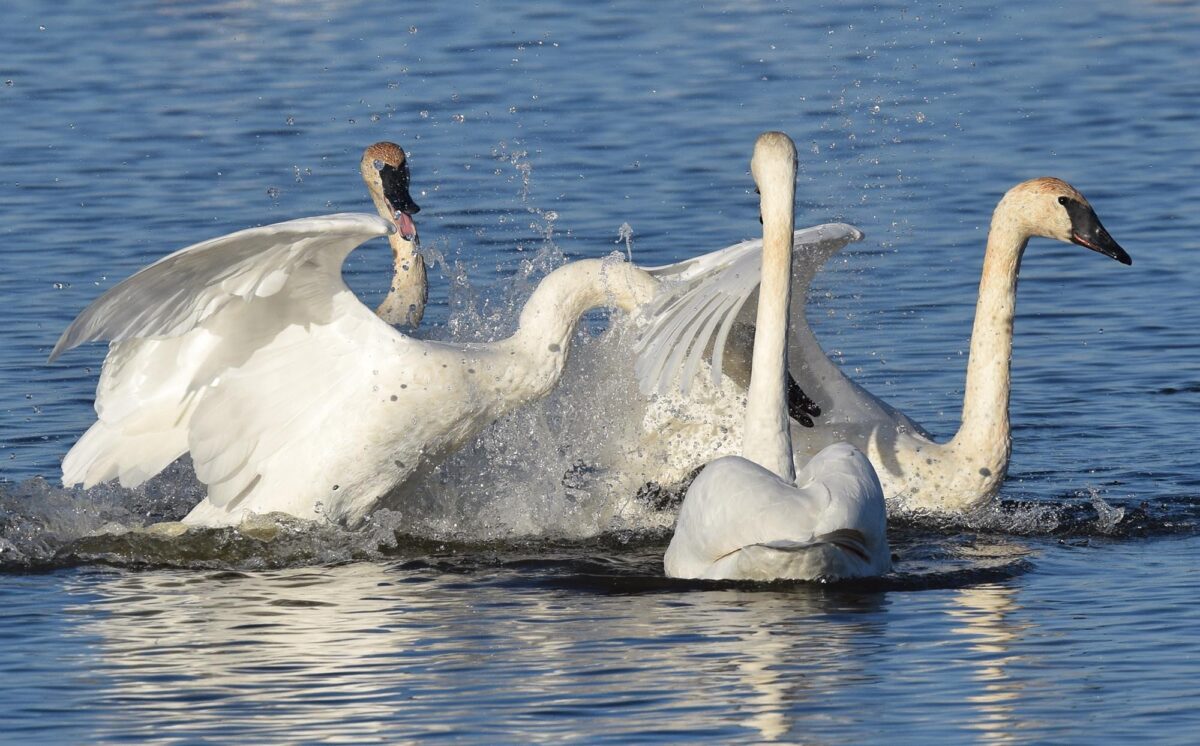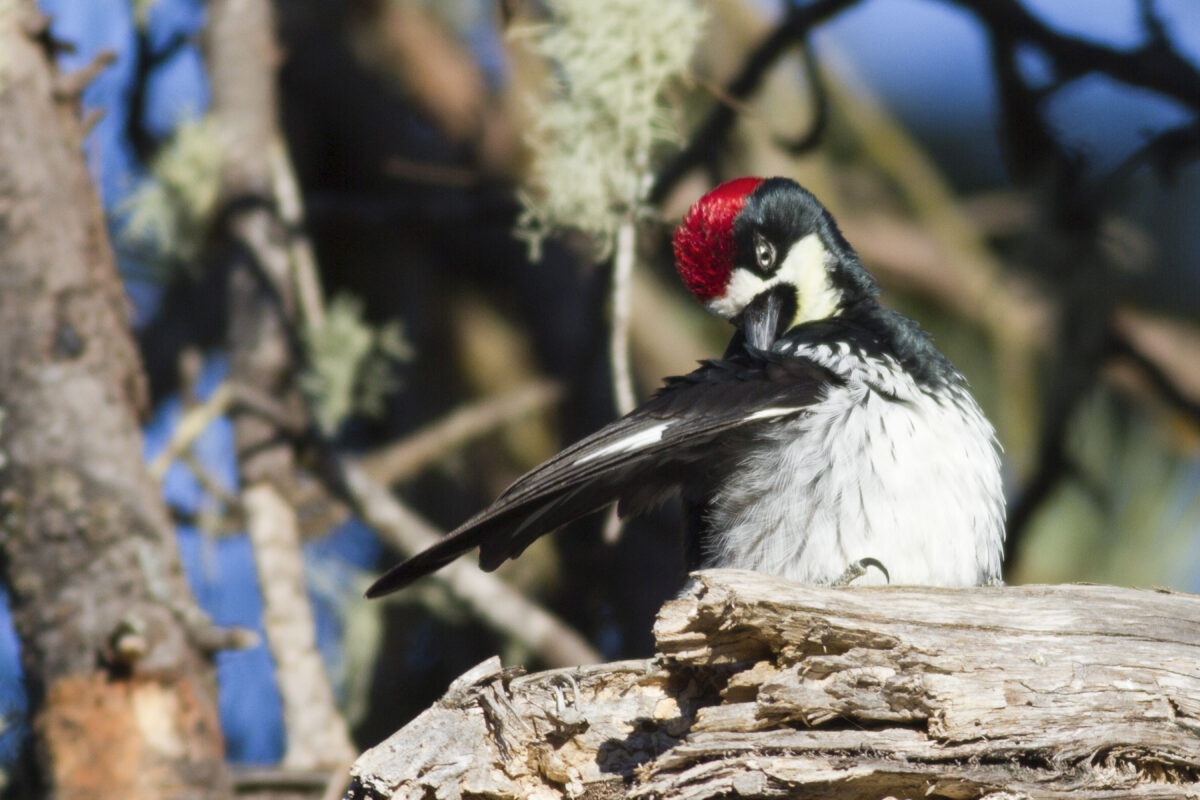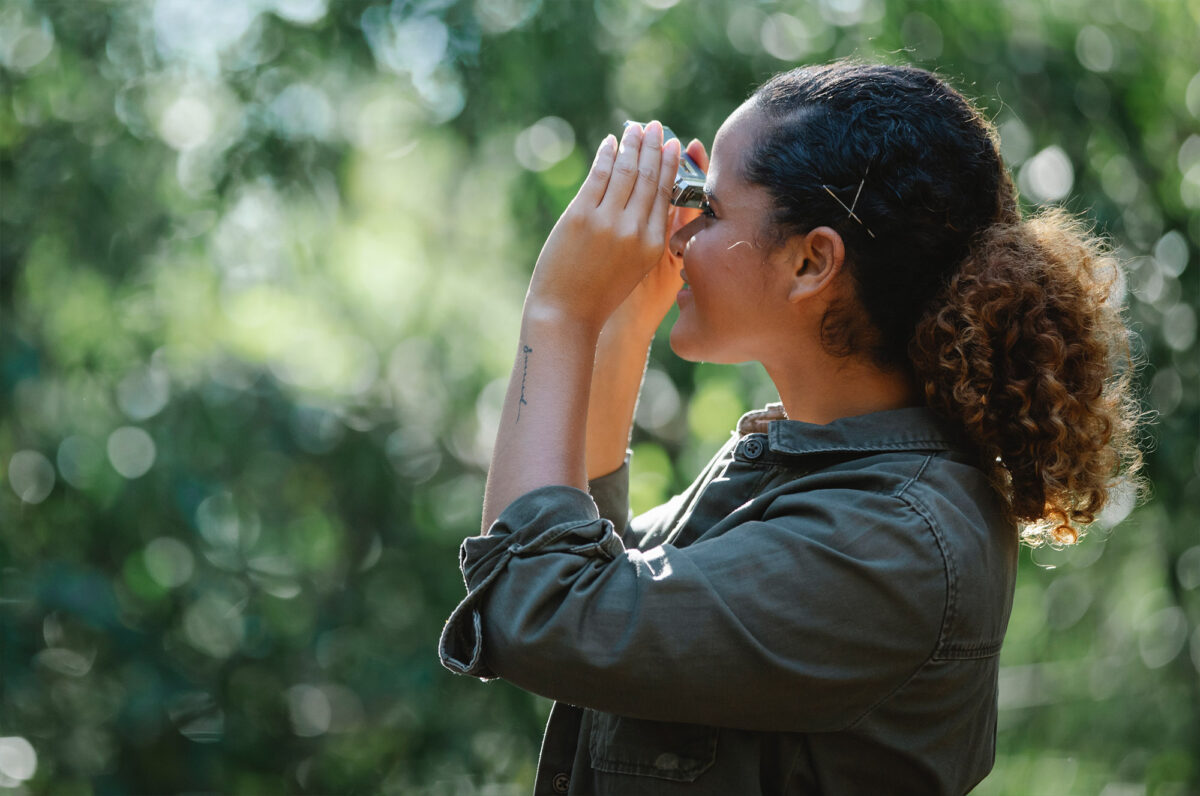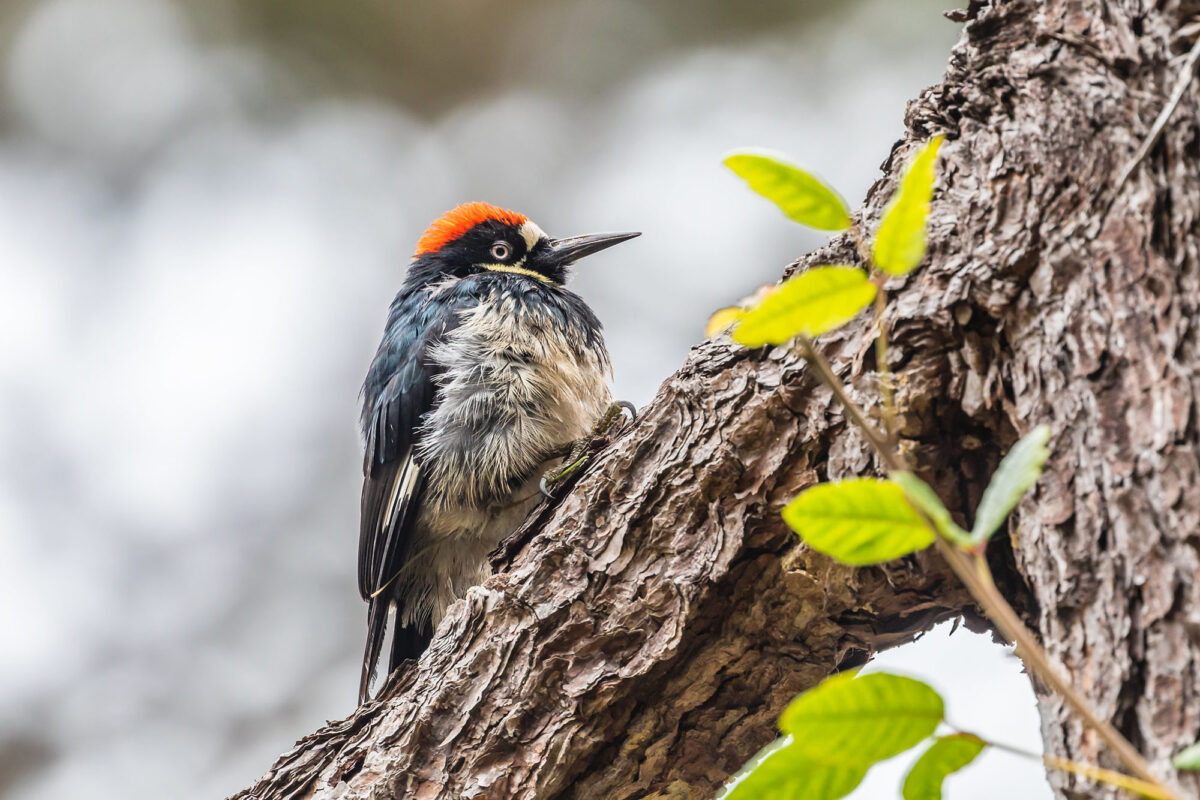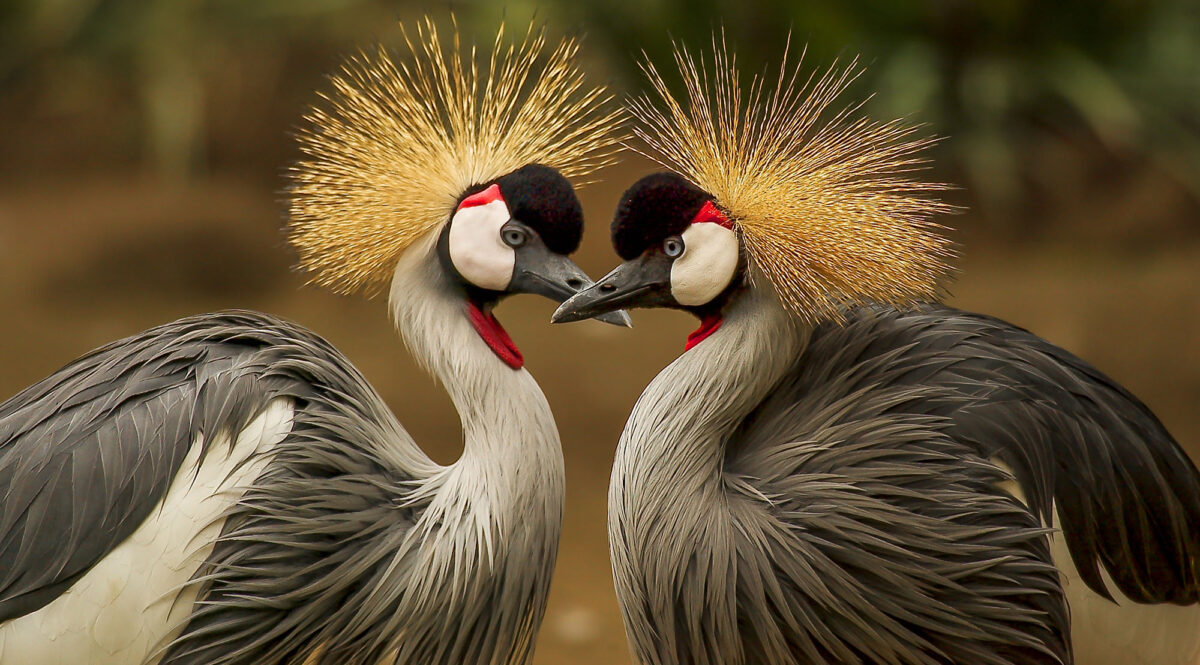Have you heard about Audubon’s mystery birds?
Every subculture has its quirks; the bird-watching world is no exception. Bird-watching, also known as birding, has a long history, and that history is stranger than you might expect. One bizarre bird history moment in particular still baffles birders to this day. This is the story of renowned ornithologist John James Audubon and his mystery birds.
Audubon’s odd legacy begins with his famous book “The Birds of America.” The book catalogs and illustrates a diverse collection of bird species, and many consider it an artistic and scientific masterpiece. However, since being published in the 1800s, the book has received significant criticism. Specifically, people have accused Audubon of fabricating information on certain bird species. These disputed species are known as Audubon’s “mystery birds.”

In the article “John James Audubon: Crazy, Wrong, or Neither?,” Audubon Magazine contributor Nicholas Lund explores possible explanations for these unidentifiable birds. Rather than being completely fabricated, some of the specimens may have simply been the juvenile or female forms of existing species. For example, the bird Audubon labeled “Selby’s Flycatcher,” was actually just a female Hooded Warbler. This isn’t the case for all of the mystery birds, though.

As Lund explains, “Audubon painted a handful of birds that aren’t an exact match for anything we’ve currently got. These are Audubon’s mystery birds. Maybe they’re just mistaken plumages, like the eagle or the flycatcher, and we still can’t sort it out. Maybe they were birds that Audubon just painted poorly, or from a vague memory, or from a partially decomposed corpse.”

Some of the mystery birds people are still struggling to identify include the Carbonated Warbler, Cuvier’s Kinglet, and Townsend’s Bunting. While some of the birds have likely matches, others are more perplexing. For some birders, unraveling the truth behind these mystery birds is part of the fun of bird-watching. In Lund’s words, “it’s one of the true joys of birding: You never quite know what you’re going to find out there.”
